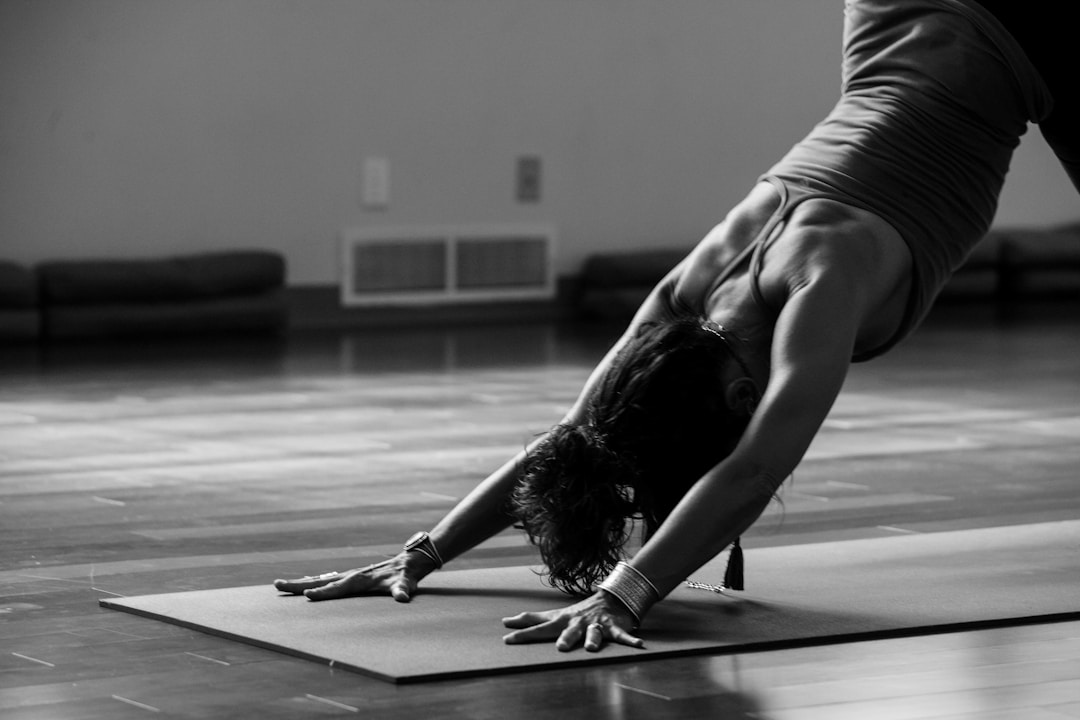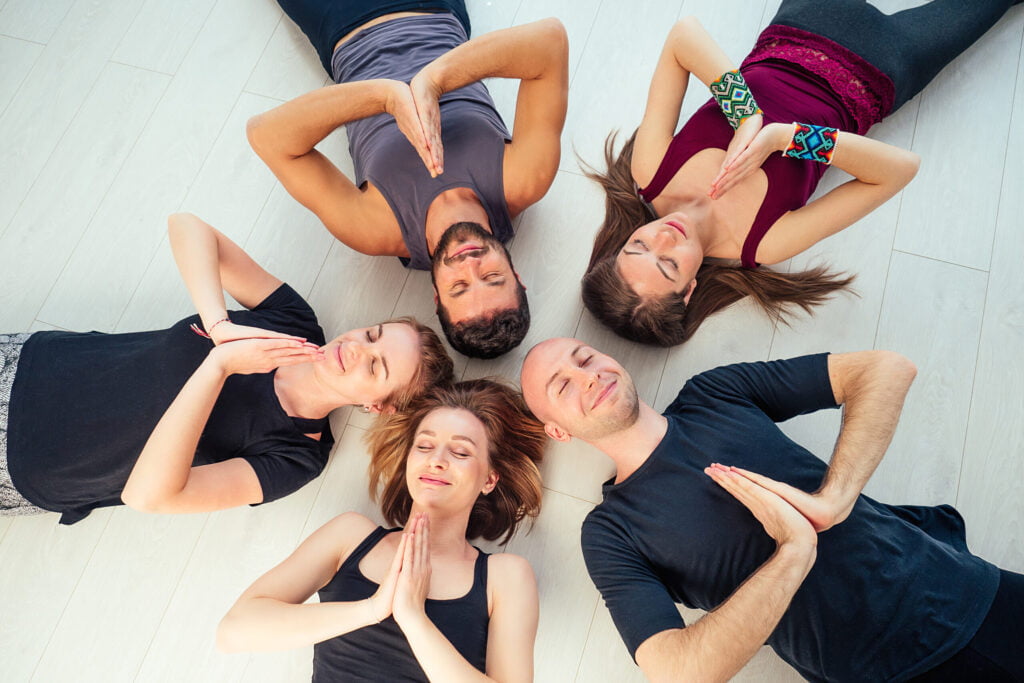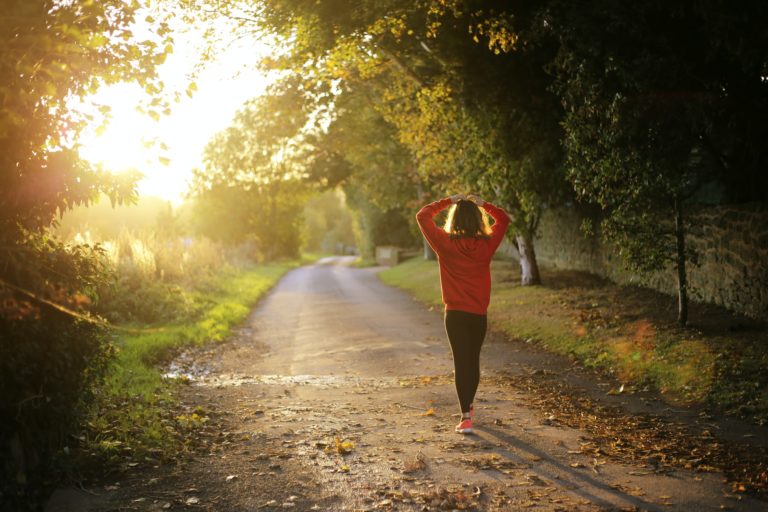Yoga for Stress Relief: How You Can Find Inner Peace Through Practice
In an age where stress is a common denominator among people worldwide, finding effective methods for managing this burden is essential. Yoga, an ancient practice rooted in the union of mind and body, offers a holistic approach to alleviating tension and fostering tranquility. Keep reading to discover how the serene art of yoga can help you navigate life’s challenges with greater ease and calmness.
The Connection Between Yoga and Stress Management

The intricate link between yoga and stress management is well-supported by numerous studies highlighting its calming effect on the nervous system. Through a combination of physical postures, controlled breathing, and meditation, yoga encourages the body to shift from the stress-induced “fight or flight” response to a more relaxed “rest and digest” state. This transition is crucial for reducing the physiological impacts of stress, such as elevated heart rate and blood pressure.
Yoga practices help in secreting endorphins, the body’s natural mood elevators and pain relievers, which enhances one’s mood and reduces the perception of pain. Those who regularly engage in yoga often report a significant decrease in stress levels, greater emotional stability, and improved quality of life. This is because yoga stimulates the parasympathetic nervous system, allowing for a more balanced mental state.
Beyond the release of tension, gratitude yoga encourages mindfulness, which is a mental practice of focusing on the present moment without judgment. As individuals become more adept at mindfulness, they often find it easier to break free from the cycle of stress and anxiety. When complemented by yoga in Chicago, mindfulness becomes a transformative force, enhancing the stress-relief benefits and promotes positive change.
Key Yoga Poses to Release Tension and Promote Relaxation
There are specific yoga poses that are particularly effective at releasing physical and mental tension. The Child’s Pose, for instance, is known for its soothing effect on the brain, making it a perfect antidote for relieving stress. This forward bend allows the forehead to rest on the ground, signaling the body to switch to a state of calm and encouraging deep relaxation.
The Cat-Cow stretch, another fundamental pose, warms up the spine and relieves tension in the back and neck. This fluid movement between arching and rounding the back facilitates better mental focus and breath control, which are essential attributes for stress reduction. Similarly, the Legs-up-the-Wall pose is excellent for soothing swollen or cramped legs and feet, which commonly result from prolonged periods of sitting or standing.
Warrior poses also contribute to stress management by building strength and confidence, which can help combat the feelings of helplessness often associated with stress. While engaging in such postures, individuals can feel empowered and more capable of facing life’s adversities with a fortified mind and body. Additionally, the practice of inversions such as Downward-facing Dog or Standing Forward Bend can help in calming the brain and energizing the body.
Lastly, the Corpse Pose, or Savasana, is integral to any yoga session as it allows for complete relaxation of the mind and body. Practitioners leave the session with a sense of peace and rejuvenation, having shed layers of tension and stress through these deliberate and structured movements and stillness.
Breathing Techniques for Enhancing Calmness and Mental Clarity

Controlled breathing techniques, or pranayama, are a cornerstone of yoga that vastly improve stress management. Deep diaphragmatic breathing is a simple yet powerful method to reduce stress levels and induce a state of calmness. By focusing on slow and deep breaths, the practitioner can stimulate the parasympathetic nervous system, further promoting relaxation and mental clarity.
Another effective technique is the Nadi Shodhana or alternate nostril breathing, which is believed to balance the left and right hemispheres of the brain. This form of breathing not only calms the mind but also improves the ability to focus and maintains a balanced emotional state. Such techniques are easily integrated into daily routines, allowing individuals to harness serenity even outside their yoga practice.
Additionally, the Brahmari, or Bee Breath, involves making a humming sound while exhaling, which can instantly calm the mind. This sound vibration is a powerful force that reduces stress and fatigue. Engaging in these types of breathing exercises regularly can significantly alter the body’s response to stressful situations, providing a quick and accessible tool for anxiety management.
Overall, yoga is more than mere physical exercise; it’s a comprehensive approach to mental, emotional, and physical health. Establishing a consistent routine solidifies this tranquil lifestyle, leading to a journey of self-discovery and the ultimate inner peace we all seek.





